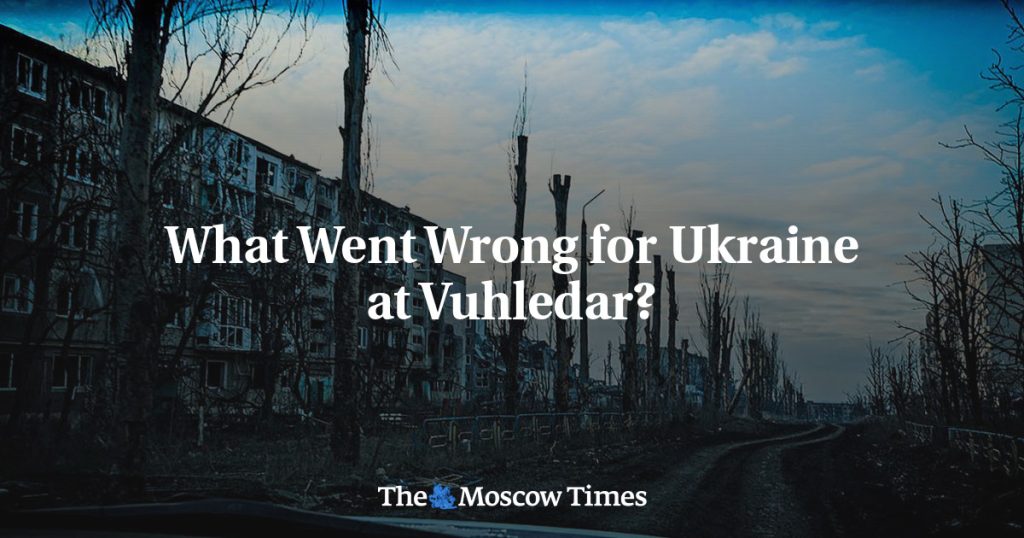In a significant development, Ukrainian forces have withdrawn from Vuhledar, a key defensive outpost in the frontline Donetsk region, after almost two years of fighting. The decision was made to preserve the lives of Ukrainian soldiers and their equipment. Vuhledar, which serves as the “entryway to the southern Donbas,” is strategically located on elevated ground, allowing the controlling side to shell surrounding battlefields and supply lines. Even though it does not hold the same logistical value as Pokrovsk, the town’s position at the intersection of the southern and eastern front lines makes it crucial for supplying both Russia and Ukraine’s fighting in the region.
The fall of Vuhledar for Ukraine follows Russia regaining momentum on the battlefield in 2024, gaining more ground in the first half of the year than in the whole of 2023. The Ukrainian forces struggled with decreasing equipment and manpower across the front line, leading to Russia encircling the town in September 2024. Ukrainian soldiers estimated that they were outnumbered by Russia at Vuhledar, with some soldiers suggesting a ratio of seven to one. The lack of motivation and training among new recruits also contributed to the difficulties faced by the Ukrainian forces, with new infantry troops facing high casualties within their first few days of fighting.
The delayed approval of military support by Kyiv’s allies left Ukrainian soldiers vulnerable, with complaints that Western aid was not arriving quickly enough or in sufficient numbers to address the shortfall against Russia. Russia adapted to its own shortages by improving battlefield communication, switching to smaller group attacks supported by drones, and using glide bombs to target key defensive positions. Moreover, Ukraine had to use its limited air defense capabilities to protect civilian centers and infrastructure, leaving frontline cities exposed. The hope of Ukraine’s surprise incursion into Russia’s Kursk region drawing away Russian troops from the Donbas did not materialize, further complicating the situation for Ukrainian forces.
There are concerns that a Republican victory in the upcoming U.S. presidential election could exacerbate Ukraine’s problems, particularly as Vice Presidential candidate J.D. Vance has opposed sending more aid to Kyiv. Ukrainian President Volodymyr Zelensky’s efforts to secure support for his country’s defense were highlighted by meetings with former President Donald Trump, described as “very productive.” According to experts, the fall of Vuhledar must not be viewed as a strategic victory for Putin, as it can only become a strategic victory if Putin succeeds in convincing observers that every Ukrainian town will face a similar fate if Ukraine does not surrender.
While Russia achieved a victory in Vuhledar, the cost to Moscow remains unclear, with potentially thousands of casualties among Russian forces. Russia employed tactics like overwhelming Ukrainian forces with successive waves of small-group attacks, rather than a single large assault, to exhaust them and deplete ammunition supplies. The use of tanks evolved to punch through Ukrainian forces, with tanks used in raids or to supplement artillery strikes from a distance. Political ramifications in Russia were seen with the dismissal of a top commander due to high casualty levels following the long assault on Vuhledar. The high cost and length of the campaign may present challenges for Russia’s further advancement, as suggested by experts who point to both Ukraine’s and Putin’s limitations and challenges ahead.


